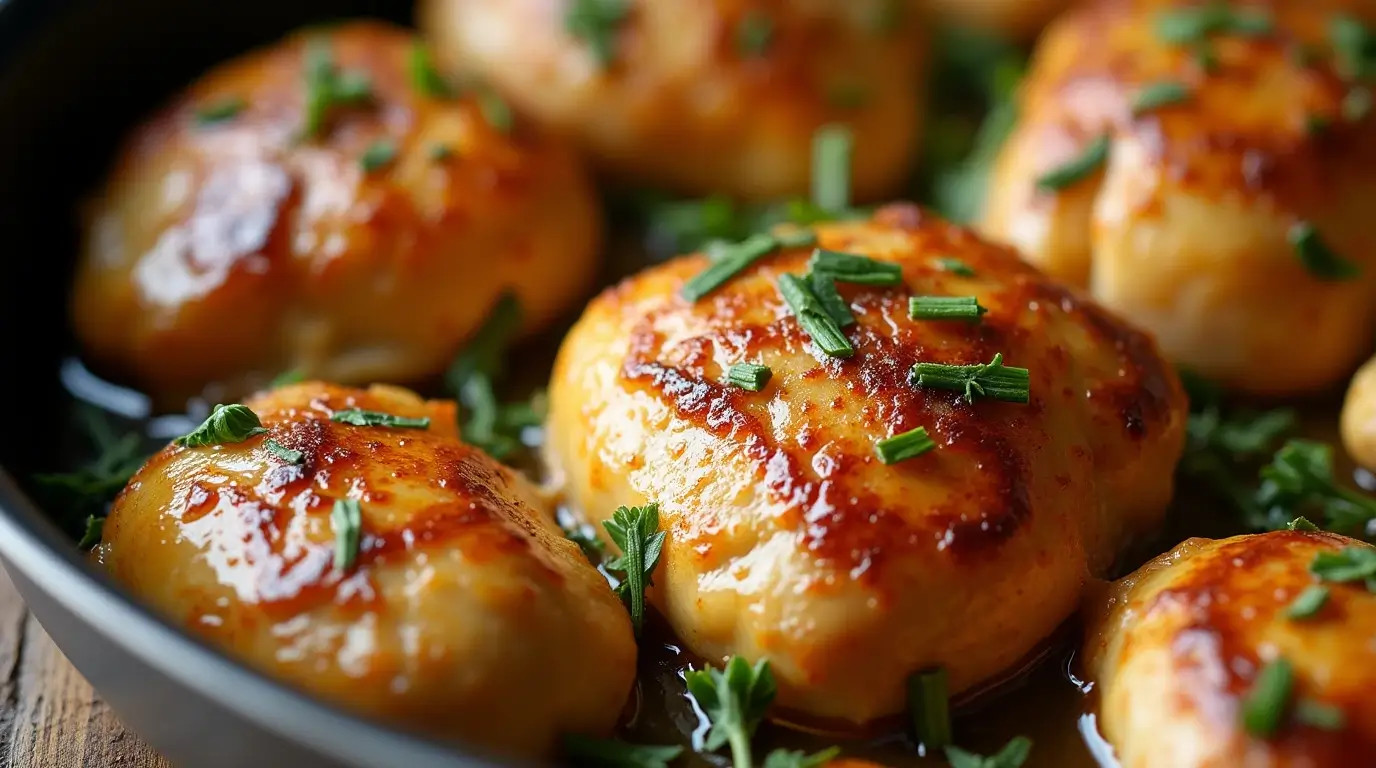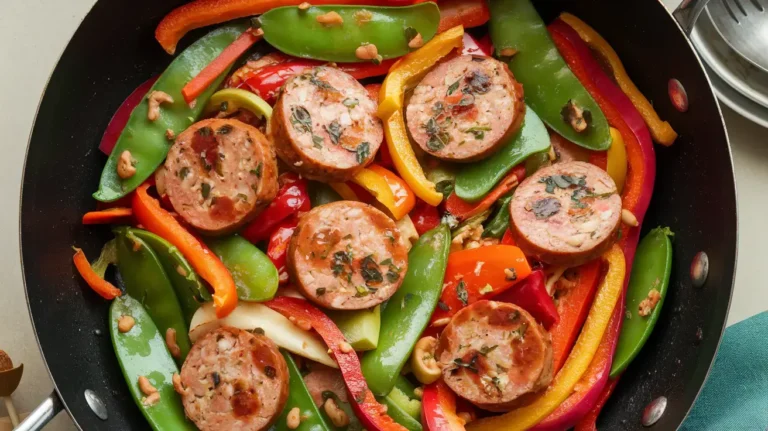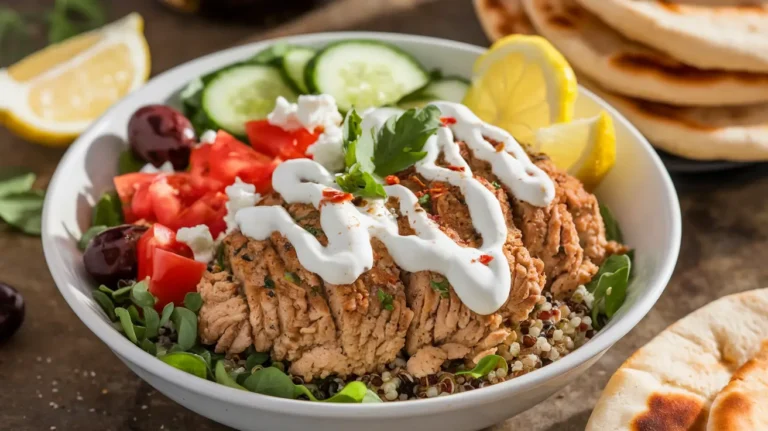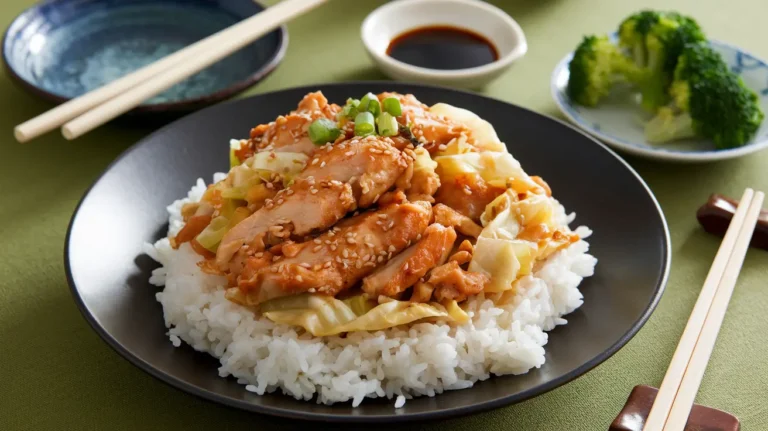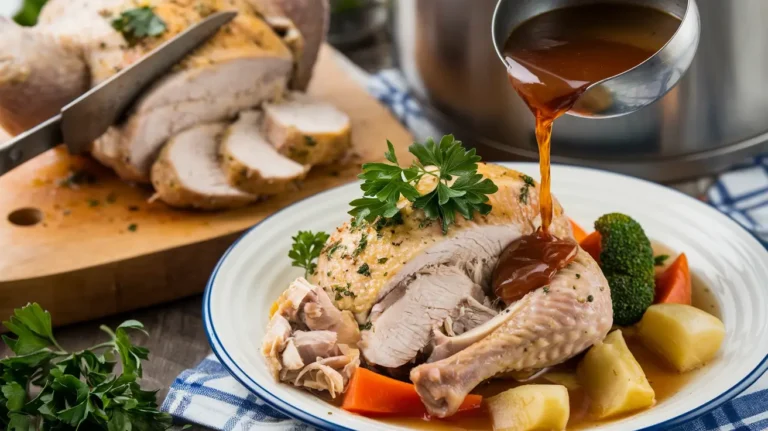Chicken Hearts: The Surprising Dish You’ll Be Obsessed With
Have you ever considered cooking with chicken hearts? If not, you might be surprised at how delicious and nutritious they can be! While this cut of meat may not be a common go-to for many, it’s time to change that perception. Chicken hearts are packed with protein, iron, and essential vitamins, making them a powerhouse of nutrition that can easily be added to your meals.
In this blog post, we’re diving into everything you need to know about cooking with chicken hearts. From their unexpected health benefits to simple, mouthwatering recipes, you’ll discover why they deserve a spot in your kitchen. Whether you’re looking to diversify your protein sources or try something new in your culinary adventures, Tender hearts of chicken are versatile and tasty. Ready to give them a try? Let’s explore the delicious possibilities!
Why Chicken Hearts Are Worth the Hype
You may be wondering, “Why chicken hearts?” It’s a question many people ask when they first encounter this unique cut of meat. But once you discover the benefits and flavors that chicken hearts bring to your plate, you’ll understand why they’re becoming a popular choice for food lovers and health-conscious eaters alike.
Chicken hearts may not be the first thing that comes to mind when you think of proteins, but these small, nutrient-dense organ meats are packed with surprising health benefits. Let’s explore why Poultry hearts are worth the hype.
1. Nutritional Powerhouse in Every Bite
Poultry hearts are rich in essential nutrients that can boost your health and energy levels. Packed with protein, iron, and vitamins, these little wonders offer a big punch when it comes to nutritional value. Here’s what makes them so impressive:
- High in Protein: If you’re looking to up your protein intake, chicken hearts are a fantastic, affordable source. Just a small portion can give you a healthy protein boost, which is perfect for muscle repair, energy, and overall body function.
- Rich in Iron: Iron is essential for maintaining healthy blood flow, and chicken hearts are an excellent source. This is especially beneficial for those on a plant-based diet who may struggle to get enough iron from non-animal sources.
- Packed with Vitamins: These tiny hearts are full of B vitamins, particularly B12, which helps in energy production and supports your nervous system.
2. A Budget-Friendly Superfood
You might be surprised to learn that Poultry hearts are not just nutritious—they’re also incredibly affordable. If you’re looking to eat healthy without breaking the bank, chicken hearts should be at the top of your list. Unlike more expensive cuts of meat, chicken hearts offer great value, allowing you to enjoy nutrient-dense meals for a fraction of the cost.
This makes chicken hearts an ideal option for meal prepping on a budget, as you can buy them in bulk and create several hearty meals throughout the week.
3. A Versatile Ingredient for All Palates
If you’ve never tried chicken hearts, you might be thinking they sound a little intimidating. Don’t let that hold you back from trying them out! These tender morsels can be prepared in a variety of ways, and they absorb flavor beautifully. Whether you like your meats spicy, savory, or mild, Heart of chicken will adapt to your cooking style.
- Perfect for Grilling or Pan-Frying: The rich texture of chicken hearts holds up well to high-heat cooking, so grilling or pan-frying them gives a crispy exterior while keeping the inside juicy.
- Flavor-Infused Dishes: Marinate Heart of chicken in herbs, spices, or even a simple citrus blend to infuse them with bold flavors that will impress even the pickiest eaters.
4. A Unique Dish to Add to Your Repertoire
Chicken hearts have been a staple in various cuisines around the world for centuries, but they are just starting to gain mainstream attention. Cooking with chicken hearts gives you the chance to explore a new, exciting ingredient that is both versatile and healthy.
As you get more comfortable with preparing Heart of chicken, you’ll likely find yourself experimenting with new recipes and flavor combinations, adding variety and excitement to your meals. Why stick with the same old cuts of meat when you can embrace something unique and delicious?
Chicken hearts aren’t just for adventurous eaters—they’re a great option for anyone looking to add more protein, iron, and flavor to their meals. Once you try them, you’ll quickly realize why these tiny organs are generating so much buzz in the culinary world. Are you ready to discover the magic of chicken hearts for yourself?
How to Prepare Chicken Hearts for Cooking
Now that you’re convinced Hearts of Chicken are worth adding to your diet, it’s time to learn how to prepare them for cooking. You may be asking yourself, “Is it difficult to cook chicken hearts?” Don’t worry—preparing chicken hearts is simple and, with the right techniques, you can elevate them into a mouthwatering dish. Let’s dive into how to properly clean, prep, and marinate chicken hearts to get the best results.
1. Cleaning and Preparing
Before you can cook chicken hearts, you’ll need to give them a little attention. Fortunately, the cleaning process is quick and easy. Here’s how to get them ready for the next step:
- Rinse and Trim: Start by rinsing the Hearts of chicken under cold water to remove any excess blood or debris. Then, inspect each heart and trim away any fat or connective tissue. This step ensures that only the tender, flavorful meat is left for cooking.
- Remove the Vein: Some poultry hearts may have a visible vein. Don’t worry—removing it is simple. Just use a sharp knife or kitchen scissors to cut the vein out gently. This step is optional, but it can make the hearts even more enjoyable to eat.
2. Marinating for Maximum Flavor
Marinating the Hearts of chicken is one of the best ways to infuse them with bold, delicious flavors. Since chicken hearts have a mild taste, they’re the perfect canvas for absorbing marinades. Whether you prefer a tangy citrus marinade, a savory soy-based one, or a spicy chili blend, marinating will bring out the full potential of the hearts.
Here’s how to marinate them:
- Choose Your Marinade: Pick a marinade that suits your taste. For a simple option, mix olive oil, garlic, lemon juice, and herbs like thyme or rosemary. If you’re in the mood for something with a kick, try a soy sauce, ginger, and chili pepper marinade.
- Let Them Soak: Place the cleaned and trimmed hearts of chicken into a resealable bag or bowl and pour the marinade over them. Let the hearts marinate in the refrigerator for at least 30 minutes, but for best results, let them soak for 1-2 hours. This allows the flavors to sink in.
3. Common Mistakes to Avoid When Preparing
There are a few common mistakes to watch out for to ensure your dish turns out perfect:
- Overcooking: One of the biggest mistakes you can make when cooking chicken hearts is overcooking them. Since they’re small and tender, they only need a short amount of time on the heat. Overcooking can make them tough and rubbery. Keep an eye on the cooking time to ensure they stay juicy and flavorful.
- Not Removing the Vein: While this step isn’t strictly necessary, removing the vein makes the heart more pleasant to eat. If you skip this, you may end up with a slightly chewy texture that detracts from the overall experience.
- Underseasoning: The hearts are flavorful on their own, but they really shine when seasoned well. Don’t be afraid to use bold flavors, whether that’s garlic, paprika, or chili powder. The marinade is your chance to add layers of flavor, so use it to your advantage.
With these simple steps, you’ll be well on your way to preparing hearts of chicken that are not only nutritious but delicious. Whether you’re grilling, searing, or stir-frying, proper prep work is key to creating a meal that’s both tasty and satisfying. Ready to cook your poultry hearts to perfection? Let’s move on to the next step: cooking them!
Delicious Ways to Cook
So, you’ve prepped your chicken hearts, and now you’re wondering how to cook them to perfection. The good news? these hearts are incredibly versatile and can be cooked in a variety of ways, each bringing out their rich, meaty flavor. Whether you’re looking for a quick meal or a show-stopping dish, there’s a cooking method for every occasion. Let’s explore some of the best ways to prepare these delights that will have you craving more.
1. Searing and Pan-Frying
One of the easiest and most popular ways to cook chicken hearts is by searing or pan-frying them. This method gives them a crispy, golden exterior while keeping the inside tender and juicy. Here’s how to do it:
- Heat Your Pan: Start by heating a little olive oil or butter in a skillet over medium-high heat. You want the pan to be hot enough that the hearts of the chicken sizzle when they hit the surface.
- Sear the Hearts: Once the pan is hot, add your marinated chicken hearts in a single layer. Don’t overcrowd the pan—this ensures they sear properly. Cook for about 3-4 minutes per side, flipping them to achieve a nice, crispy exterior.
- Season to Taste: Once done, season with salt, pepper, and any additional herbs you like. You can also drizzle a bit of lemon juice or balsamic vinegar for a burst of fresh flavor.
Pan-frying chicken hearts is perfect when you’re looking for a quick, no-fuss meal. Serve them with some roasted vegetables or a side salad for a well-rounded dish.
2. Grilling for Bold Flavor
Grilling chicken hearts adds a smoky, charred flavor that pairs beautifully with their natural richness. If you’ve got a barbecue or grill pan, this is a great way to cook these hearts when the weather is nice or you’re hosting a gathering.
- Skewer the Hearts: Thread the marinated hearts of chicken onto skewers for easy handling. If you’re grilling more than a few hearts, using skewers helps ensure even cooking and makes flipping them much simpler.
- Preheat Your Grill: Make sure your grill is hot before placing the skewers on it. A medium-high heat works best for grilling. You want them to cook through without burning.
- Grill for 5-7 Minutes: Grill the hearts for about 5-7 minutes, turning them occasionally to ensure even cooking. They should develop a nice char while remaining tender inside.
- Finish with a Flavor Boost: After grilling, you can drizzle them with a flavorful sauce, like a tangy barbecue sauce or a fresh herb-infused vinaigrette.
Grilled chicken hearts are perfect for a summer barbecue or a fun weeknight meal. They’re sure to impress your guests with their unique flavor and satisfying texture.
3. Stir-Frying Chicken Hearts for Quick, Flavorful Meals
If you’re in the mood for something quick and flavorful, stir-frying is a fantastic option. This cooking method helps preserve the natural tenderness of these delights while allowing them to absorb the flavors of your stir-fry sauce.
- Prep Your Ingredients: Slice your chicken hearts into halves or quarters for quicker cooking. Prepare your vegetables—think bell peppers, onions, and snap peas—so everything is ready to go.
- High Heat Stir-Fry: Heat a wok or large frying pan on high heat and add a little oil. Once hot, add the hearts and cook them for 3-4 minutes until they start to brown and become crisp on the edges.
- Add Vegetables and Sauce: Toss in your vegetables and continue to stir-fry for another 2-3 minutes. Add a sauce like soy sauce, garlic, ginger, and a little honey or sesame oil to create a sweet-savory glaze over the hearts of the chicken.
Stir-fried chicken hearts are an easy, one-pan meal that pairs wonderfully with rice or noodles. This method is perfect for busy nights when you want something satisfying without spending too much time in the kitchen.
4. Slow-cooking these Hearts for a Tender, Savory Dish
If you prefer a more hands-off cooking method, slow-cooking is a great option. This technique allows the chicken hearts to cook low and slow, resulting in a melt-in-your-mouth texture that’s full of flavor.
- Set It and Forget It: For a simple slow-cooked dish, place your marinated hearts in a slow cooker along with some broth, onions, and garlic. Cook on low for 6 to 8 hours or on high for 3 to 4 hours.
- Add Herbs and Spices: To make the dish even more flavorful, toss in a few sprigs of fresh rosemary or thyme, or a couple of bay leaves. The slow cooking process helps infuse the hearts with all the seasonings, resulting in a savory, comforting dish.
- Serve with Mashed Potatoes or Polenta: Slow-cooked chicken hearts pair wonderfully with mashed potatoes, creamy polenta, or even a hearty grain like quinoa for a filling meal.
This method is ideal for when you want a delicious, tender meal without the hassle of constant attention.
The hearts of Chicken are an incredibly versatile ingredient, and with these cooking methods, you can explore endless possibilities. Whether you’re searing, grilling, stir-frying, or slow-cooking, each method brings out the rich, savory flavor of chicken hearts in its own unique way. Ready to try cooking chicken hearts yourself? The next step is to pair them with some delicious sides!
Tasty Pairings and Sides
Now that you’ve learned how to prepare and cook chicken hearts, it’s time to think about what to serve alongside them. The right side dishes can elevate the flavor of chicken hearts and create a well-rounded, satisfying meal. Whether you’re grilling, pan-frying, or slow-cooking your hearts, these side dish ideas will enhance their natural richness and provide balance to the dish. Let’s explore some delicious pairings that will make your poultry hearts shine.
1. Vegetables That Complement the Rich Flavor of these recipe
The hearts of Chicken are meaty and hearty, so pairing them with the right vegetables can help balance the dish and add freshness. Here are some vegetable ideas that pair wonderfully with chicken hearts:
- Roasted Root Vegetables: Carrots, sweet potatoes, and parsnips, when roasted, bring out their natural sweetness, which contrasts beautifully with the savory depth of chicken hearts. Try roasting them with olive oil, garlic, and a pinch of rosemary for an aromatic touch.
- Sautéed Greens: Spinach, kale, or Swiss chard sautéed with garlic and a splash of lemon will complement the rich flavor of chicken hearts while adding a light, bright element to the meal. The slight bitterness of the greens works perfectly against the savory, tender hearts.
- Grilled Vegetables: If you’re grilling the hearts, why not grill some vegetables alongside? Bell peppers, zucchini, and onions take on a smoky flavor when grilled, making them the perfect side to chicken hearts cooked over an open flame.
2. Starches to Round Out the Meal
While poultry hearts are packed with protein and nutrients, adding starch will make your meal more filling and satisfying. Here are some great options to serve with chicken hearts:
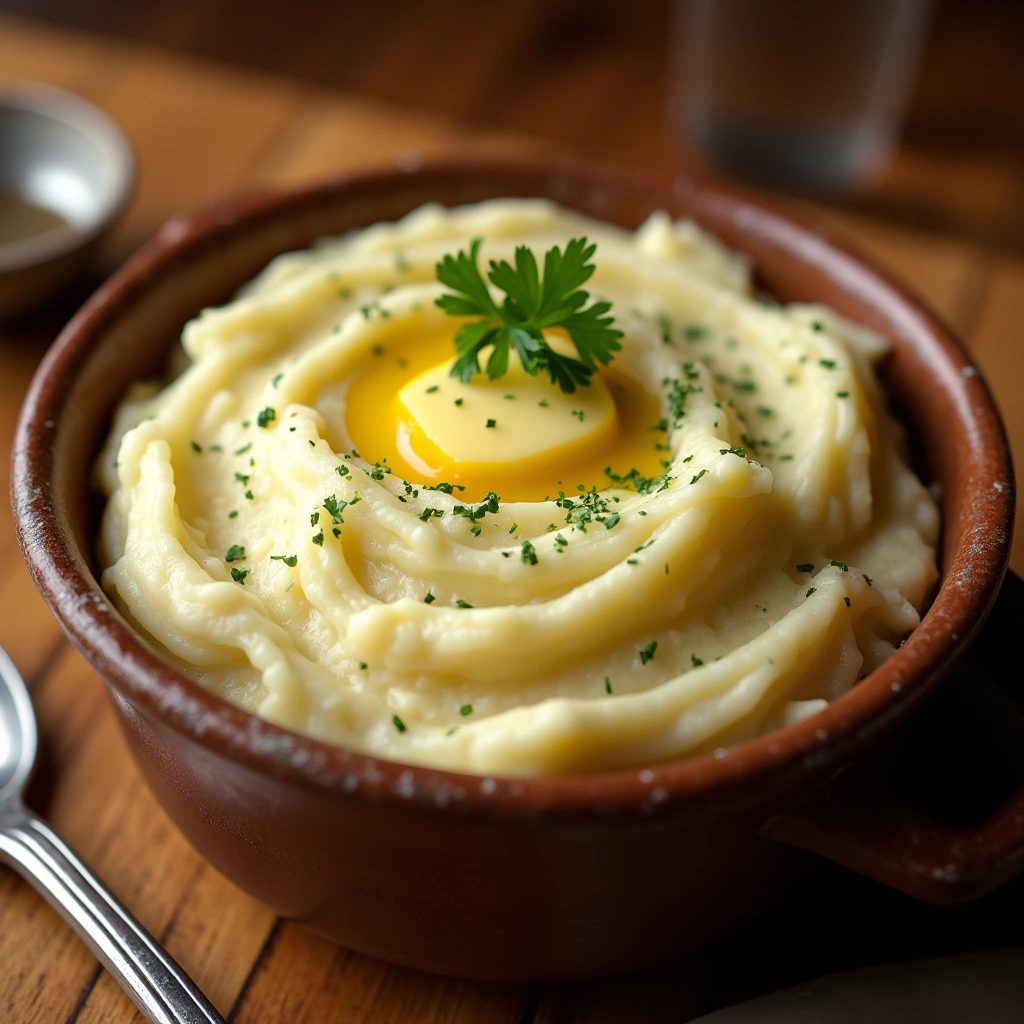

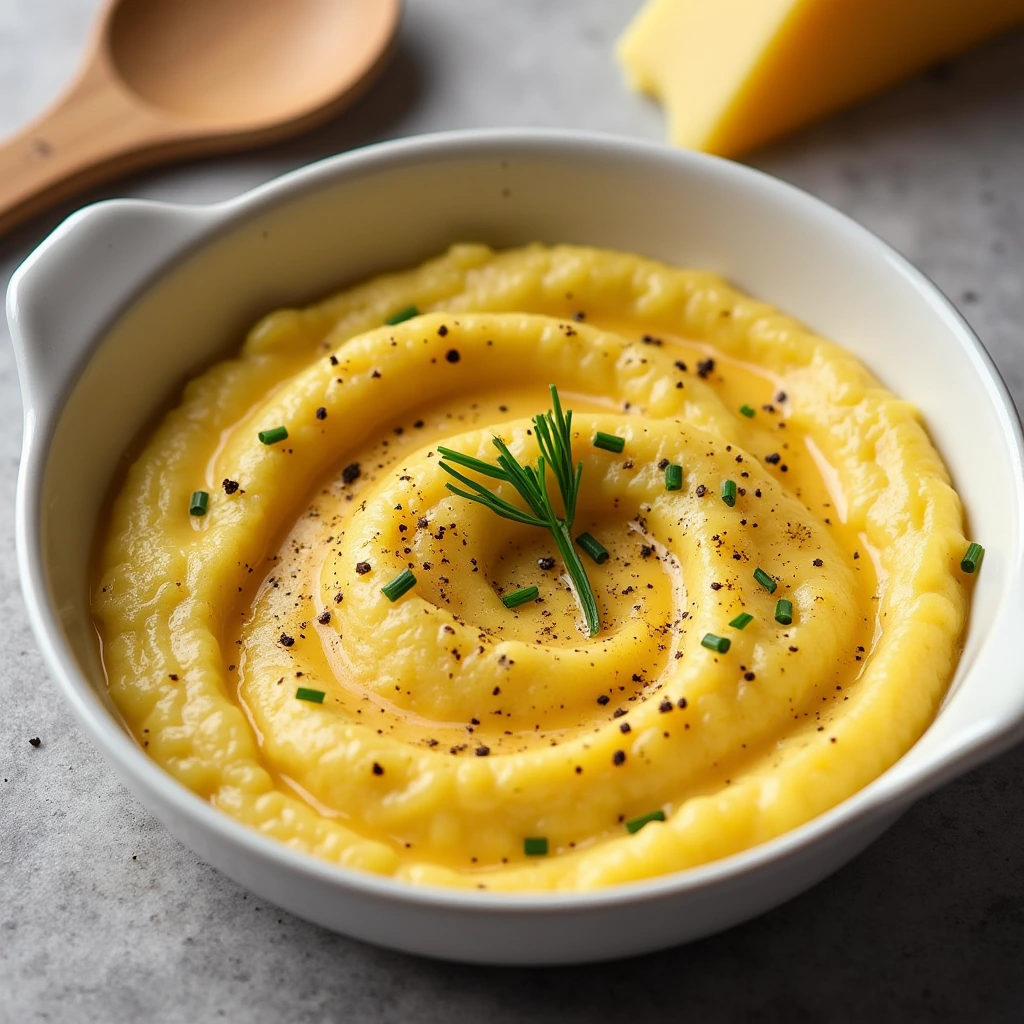
- Mashed Potatoes: Creamy mashed potatoes are a classic comfort food that pairs well with almost any meat. The smooth, buttery texture of mashed potatoes complements the rich taste of chicken hearts. You can also add roasted garlic or cheese for extra flavor.
- Rice or Quinoa: For a lighter, more neutral option, serve your chicken hearts over a bed of fluffy rice or quinoa. These grains soak up the juices and marinades, adding a nice texture without overwhelming the flavor of the hearts.
- Polenta: Creamy polenta is a fantastic side dish that provides a soft, comforting contrast to the meaty texture of chicken hearts. You can serve it plain, or for a more indulgent touch, stir in some Parmesan cheese or butter.
3. Sauces and Dips to Enhance the Flavor
A well-chosen sauce or dip can bring these hearts of chicken to the next level. Whether you’re pan-frying, grilling, or slow-cooking, the right sauce can add complexity and a burst of flavor. Here are some delicious options to try:
- Chimichurri Sauce: This tangy, herbaceous sauce made from parsley, garlic, vinegar, and olive oil is perfect for grilled chicken hearts. The freshness of the herbs and the acidity from the vinegar cut through the richness of the hearts, balancing the dish beautifully.
- Garlic Butter Sauce: If you’re pan-frying your chicken hearts, a rich garlic butter sauce is an indulgent and flavorful choice. Just melt butter with garlic, fresh herbs, and a squeeze of lemon juice for a simple yet delicious finishing touch.
- Spicy Tomato Sauce: A spicy tomato-based sauce can bring a little heat and acidity to your chicken hearts, especially if you’re making a stir-fry or slow-cooked dish. Try adding chili flakes or smoked paprika to the sauce for extra depth.
4. Fresh Salads to Brighten the Meal
To balance the richness of chicken hearts, consider adding a fresh salad to your plate. A crisp salad provides a refreshing contrast to the savory, tender hearts, and it’s a great way to add more vegetables to your meal. Here are some salad ideas that work well with chicken hearts:
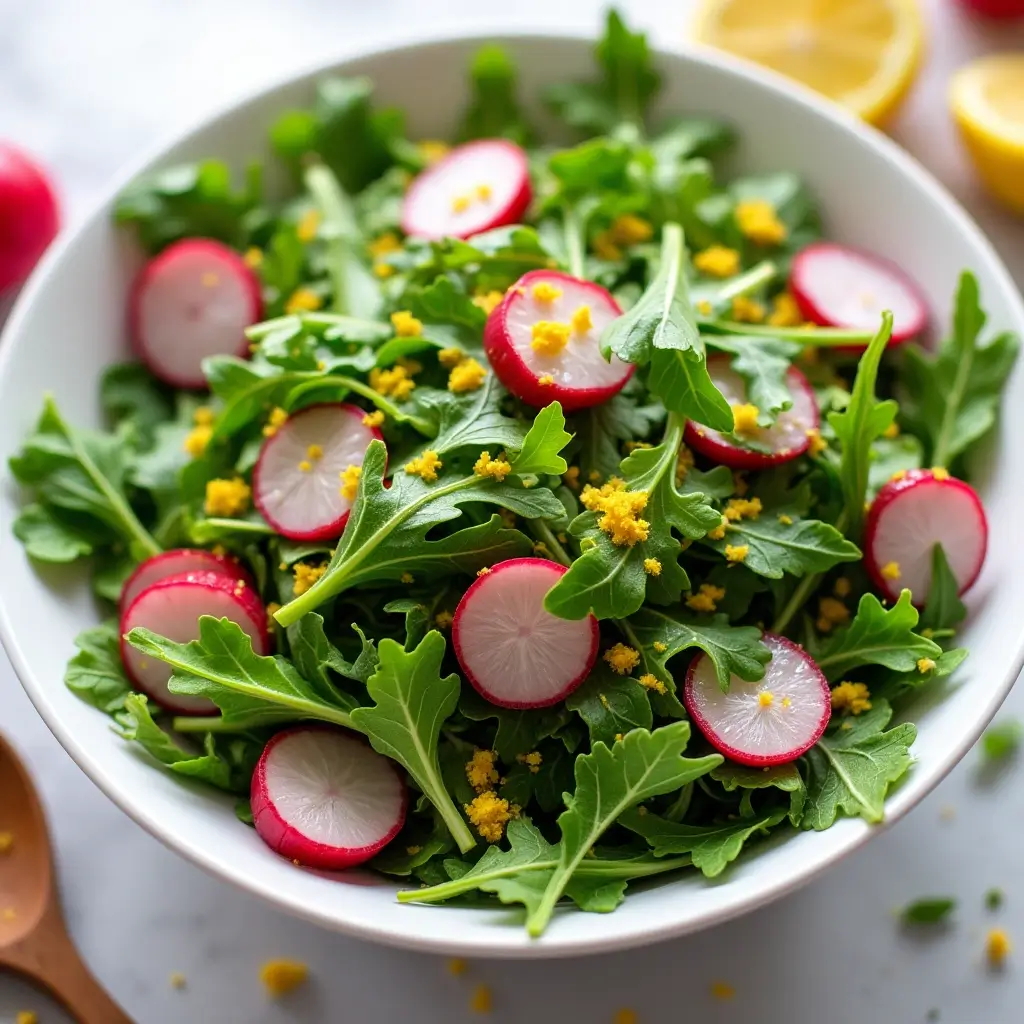
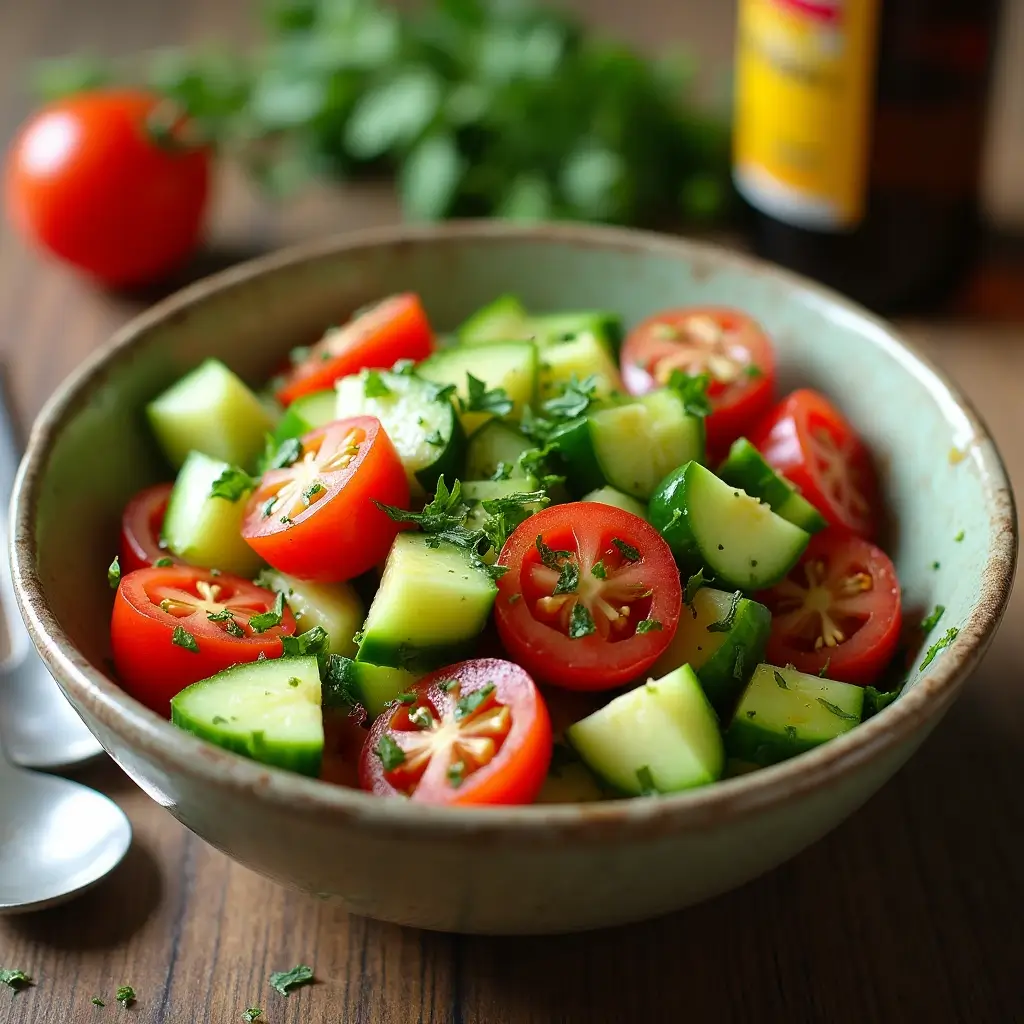
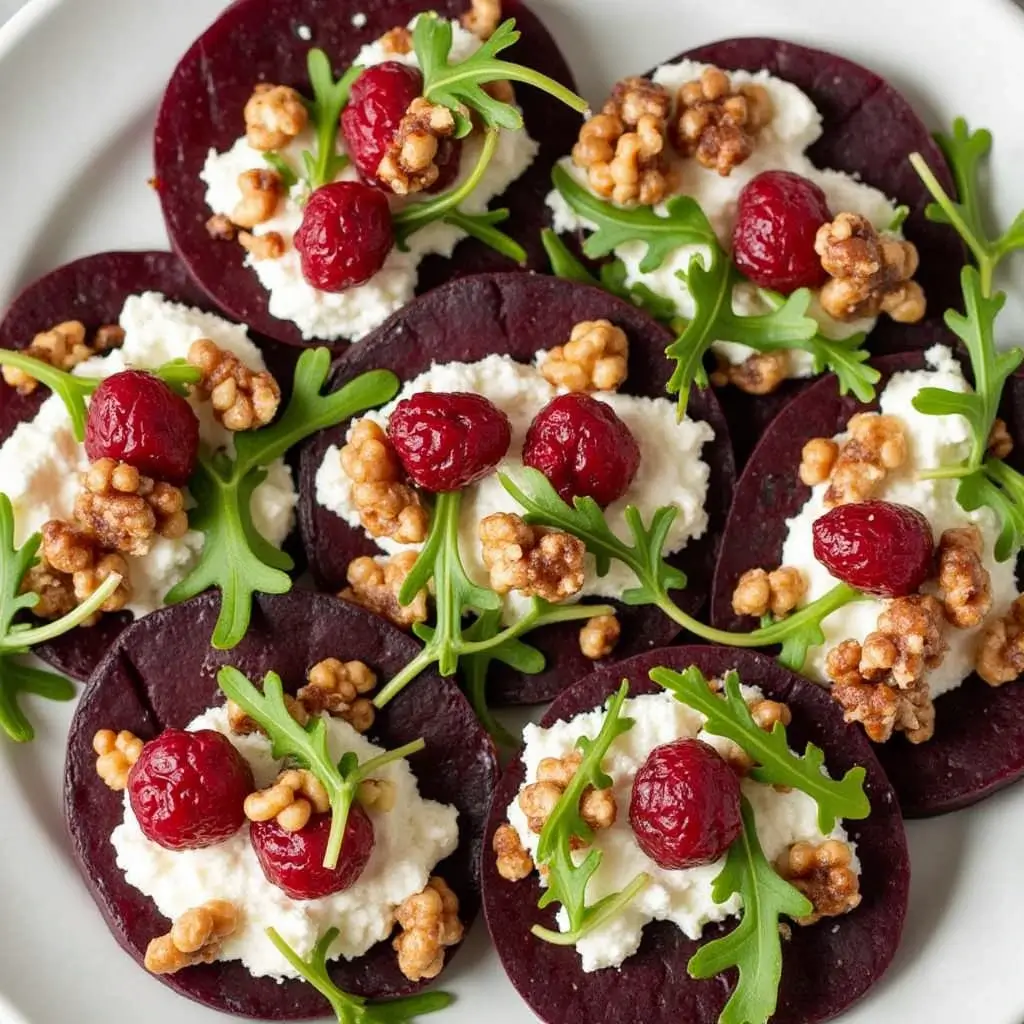
- Arugula Salad with Lemon Vinaigrette: Arugula has a peppery bite that pairs perfectly with the rich flavor of chicken hearts. Toss it with a simple lemon vinaigrette for a light, zesty salad that cuts through the heaviness of the meat.
- Cucumber and Tomato Salad: A simple cucumber and tomato salad, dressed with olive oil, vinegar, and fresh herbs, adds a cool, crunchy element to your meal. The refreshing nature of this salad balances out the dense texture of the chicken hearts.
- Roasted Beet Salad: The sweetness of roasted beets combined with goat cheese and walnuts creates a flavorful and texturally interesting salad that pairs wonderfully with the savory taste of chicken hearts. The earthy flavors of the beets enhance the richness of the meat, making it a perfect pairing.
When it comes to pairing sides with chicken hearts, the possibilities are endless. From roasted vegetables to fresh salads, and creamy polenta to tangy chimichurri sauce, there’s no shortage of delicious options to create a balanced and flavorful meal. So, what will you pair with your chicken hearts next? The right sides can truly transform your dish and take it from good to great!
Health Benefits of Eating Chicken Hearts
If you’re still on the fence about including chicken hearts in your diet, let’s take a moment to talk about the health benefits they bring to the table. It’s easy to overlook this humble organ meat, but chicken hearts are packed with nutrients that can support a balanced, healthy lifestyle. Whether you’re looking to boost your protein intake or improve heart health, chicken hearts offer a variety of advantages that make them a worthy addition to your meals. Let’s dive into why these little gems are more than just a flavorful treat.
1. High in Protein for Muscle Building and Repair
Chicken hearts are an excellent source of high-quality protein, which is essential for building and repairing muscle tissue. If you’re someone who’s active or trying to increase your protein intake, incorporating chicken hearts into your diet is an effective way to meet your nutritional needs.
- Rich in Amino Acids: Protein is made up of amino acids, which play a crucial role in everything from muscle growth to immune function. By eating chicken hearts, you’re getting a full spectrum of essential amino acids that help support your overall health.
- Low in Fat: Despite being packed with protein, chicken hearts are relatively low in fat compared to other cuts of meat. This makes them a great option for those looking to maintain a healthy weight or lean muscle mass without adding unnecessary fats to their diet.
2. Packed with Essential Nutrients for Overall Health
In addition to being a protein powerhouse, chicken hearts are also rich in vitamins and minerals that can support various bodily functions. Here’s a closer look at some of the key nutrients found in chicken hearts:
- Iron for Energy: Poultry hearts are an excellent source of heme iron, which is the type of iron your body absorbs most efficiently. Iron helps transport oxygen throughout the body, supporting energy levels and preventing iron-deficiency anemia. If you’re feeling fatigued or sluggish, adding chicken hearts to your diet could help boost your energy.
- Vitamin B12 for Nerve Health: Organ meats like poultry hearts are rich in vitamin B12, which plays a vital role in nerve health, red blood cell formation, and DNA synthesis. Vitamin B12 is especially important for people who follow plant-based diets, as it’s predominantly found in animal products.
- Zinc for Immunity: Chicken hearts also contain zinc, an essential mineral that supports immune function, wound healing, and even the synthesis of proteins and DNA. Keeping your immune system in top shape is crucial, especially during the colder months, and poultry hearts can give you a boost.
3. Beneficial for Heart Health
It may seem counterintuitive, but eating organ meats like chicken hearts can be good for heart health. While organ meats have a reputation for being high in cholesterol, chicken hearts provide a unique combination of nutrients that support cardiovascular health.
- Omega-3 Fatty Acids: Chicken hearts contain small amounts of omega-3 fatty acids, which are essential for reducing inflammation, lowering cholesterol levels, and protecting against heart disease. These healthy fats can help improve blood circulation and reduce your risk of chronic cardiovascular issues.
- CoQ10 for Cellular Health: Chicken hearts are also rich in coenzyme Q10 (CoQ10), a compound that helps produce energy in your cells. CoQ10 has been shown to have heart-protective properties, as it can improve blood vessel function and reduce oxidative stress.
4. A Budget-Friendly Source of Nutrients
If you’re looking for a way to boost your nutrition without breaking the bank, chicken hearts are an affordable option that can stretch your food budget. They’re often less expensive than other cuts of meat, making them a great choice for families or anyone trying to eat healthily on a budget.
- Cost-Effective Protein: Protein can be one of the more expensive components of a healthy diet, but chicken hearts offer a budget-friendly alternative without compromising on nutritional value. You can enjoy the health benefits of high-quality protein without spending a fortune.
- Zero Waste: Using chicken hearts also helps reduce food waste. By incorporating all parts of the chicken into your meals, you’re making the most out of the whole animal, which is both environmentally friendly and cost-effective.
Garlic Butter Chicken Hearts recipe
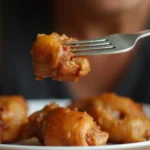
This Garlic Butter Chicken Hearts recipe features tender chicken hearts sautéed in a flavorful garlic butter sauce with fresh thyme and a touch of lemon. It’s a quick, nutritious dish packed with protein, iron, and vitamins, perfect for those seeking a unique and delicious meal.
- 1 lb chicken hearts (cleaned and trimmed)
- 2 tablespoons olive oil
- 3 tablespoons butter
- 4 garlic cloves (minced)
- 1 teaspoon fresh thyme (chopped)
- 1 teaspoon lemon juice
- Salt and pepper (to taste)
- Fresh parsley (chopped (for garnish))
- Heat the olive oil: In a large skillet, heat the olive oil over medium-high heat.
- Cook the chicken hearts: Add the chicken hearts to the skillet and cook for 5-7 minutes, turning occasionally until they are browned and cooked through.
- Prepare the garlic butter sauce: Reduce the heat to medium-low and add butter, garlic, and thyme to the skillet. Stir well and cook for 1-2 minutes until the garlic becomes fragrant.
- Season the dish: Add salt, pepper, and lemon juice. Stir everything together to coat the chicken hearts in the garlic butter sauce.
- Garnish and serve: Sprinkle freshly chopped parsley over the dish and serve immediately with your favorite side dish, such as roasted vegetables or mashed potatoes.
For extra flavor, you can marinate the chicken hearts in olive oil, garlic, and herbs for about an hour before cooking.
Nutritional Values (Per Serving)
- Calories: 230-250 kcal
- Protein: 30g
- Fat: 12g
- Saturated Fat: 4g
- Unsaturated Fat: 8g
- Cholesterol: 200mg
- Carbohydrates: 2g
- Fiber: 0g
- Sugars: 0g
- Iron: 3.5mg (approximately 20% of the daily recommended value)
- Vitamin B12: 5µg (approximately 83% of the daily recommended value)
- Omega-3 Fatty Acids: 200mg
- Sodium: 300-400mg (depending on salt added)
Conclusion
As you can see, chicken hearts are far from just an interesting culinary choice—they’re a nutritious, health-boosting option that offers numerous benefits. Whether you’re looking to support muscle growth, improve heart health, or simply enjoy a budget-friendly meal that’s rich in essential vitamins and minerals, chicken hearts are a fantastic addition to your diet. So, why not give them a try and experience their health benefits for yourself?
Incorporating chicken hearts into your meals might seem like a bold choice, but as we’ve explored, it’s one that brings incredible flavor, nutrition, and variety to your cooking. Whether you’re trying them for their rich, savory taste or their impressive health benefits, chicken hearts are a versatile ingredient that can transform any dish. From high-quality protein to essential vitamins like B12 and iron, they provide a unique, affordable way to nourish your body.
So, what are you waiting for? Why not take the plunge and give chicken hearts a try in your next meal? Whether you grill them, sauté them, or add them to stews, their rich, hearty flavor and nutritional value will surely impress. Remember, cooking with new ingredients is all about experimentation and fun—don’t be afraid to step outside your comfort zone and discover something new.
If you’re ready to embrace the benefits of chicken hearts, start small with a simple recipe, or explore one of the exciting pairings we’ve suggested. Either way, you’ll soon see just how satisfying and rewarding this humble ingredient can be. Are you ready to make chicken hearts the star of your next meal? The possibilities are endless!
Related Recipes
Looking for more irresistible chicken recipes to try alongside this savory chicken hearts dish? If you’re in the mood for quick and satisfying meals, check out our Quick Chicken and Potatoes: Effortless Dinners in No Time! or the creamy indulgence of Shrimp Chicken Alfredo: The Ultimate Creamy Pasta Dish.
Craving bold and flavorful dishes? Don’t miss the Cajun Ground Chicken Skillet Recipe – A Healthy Flavorful Delight or our Alice Springs Chicken: The #1 Dish You Need to Try.
For something with an international twist, explore our German Chicken and Spaetzle Recipe: A Comfort Classic or the hearty One-Pot German Chicken and Vegetables Recipe. These dishes, packed with diverse flavors and quick preparation methods, are perfect for rounding out your culinary repertoire!
FAQs
Is eating chicken heart good for you?
Do you need to clean chicken hearts before cooking?
What does chicken heart taste like?
Do chicken hearts have to be cooked well done?
What are good side dishes to serve with chicken hearts?
We’d love to hear from you! – Your email address will remain private. Mandatory fields are indicated as required.

